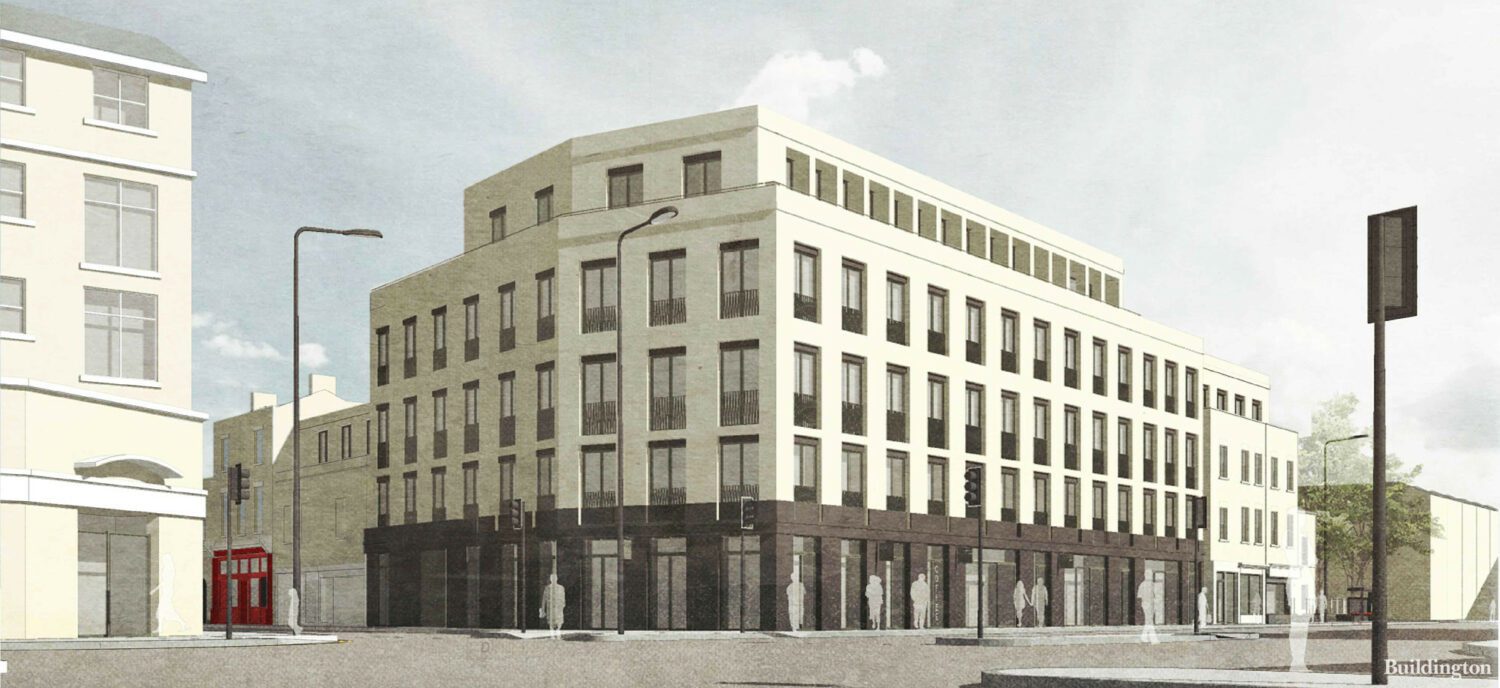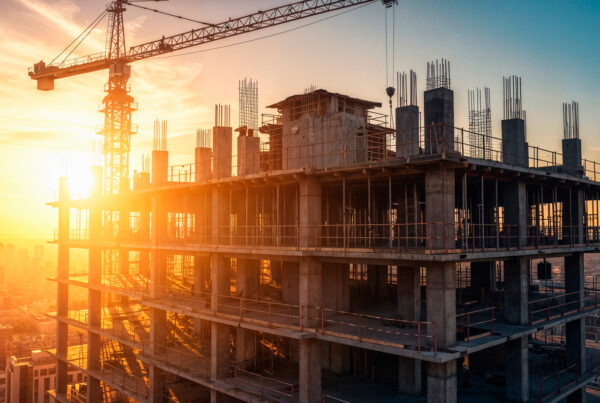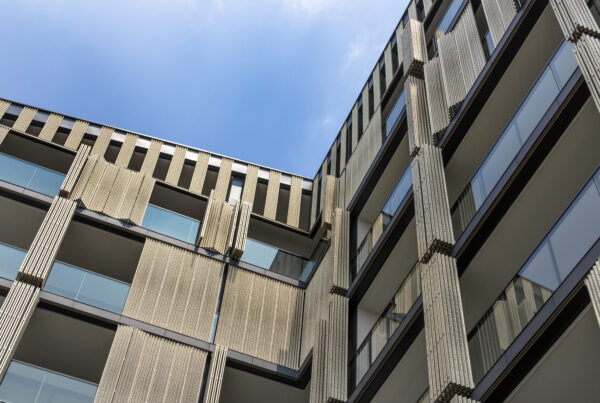When embarking on a new construction project, whether it’s a residential, BTR, PBSA or a commercial building, obtaining a new build warranty is a crucial step to protect against potential defects and issues that may arise in the future.
The cost of a new build 10 year warranty is not fixed and can vary significantly based on several key factors. In this article, J3 director, Johnny Leadsom explores the five key factors that can influence the cost of a new build warranty.
Stage of Works
The stage of work at which you arrange your new build warranty will have a significant impact on its cost. On average, premiums could increase by as much as 20% for every key stage you go through without insurance.
- Pre-construction: At this stage, costs for a new build warranty are at the lowest point because there are fewer uncertainties and risks. Insurance providers are able to inspect works through the entire programme and mitigate their risk.
- Mid-construction: As the project progresses through the construction phase, the cost will increase and the availability will decrease. This is because the Insurer has not been able to monitor the works during the construction process. Insurance providers may require additional information at this stage. Or in some cases, decline to offer terms at all.
- Post-construction: Once the project is completed, obtaining a warranty becomes more expensive and in a hardening market, challenging to secure. The cost is higher due to the greater perceived risk (due to a lack of visibility throughout construction).
A-Rated Vs Un-rated insurers
Opting for A-rated insurers may come with a slightly higher price tag, but in the realm of new build warranties, it’s a sound decision that pays dividends in the long run. With a structural warranty typically extending over ten years, choosing the right insurance provider is paramount.
While no one can guarantee the financial stability of any entity, these ratings serve as a reliable indicator of a company’s creditworthiness. For a case in point, many developers will vividly remember the upheaval caused in 2018 when CRL’s underwriter, Alpha Insurance, who did not possess an A-rating, filed for bankruptcy. It was a costly and time-consuming ordeal for developers who had placed their trust in CRL, only to find themselves scrambling to secure alternative coverage.
At J3 Advisory, we only work with A-rated new build warranty providers. While insurers aren’t obligated to have a rating, we firmly believe it adds substantial credibility to their operations. This approach ensures that our clients are well-prepared to shield themselves from situations reminiscent of the CRL/Alpha incident in the future.
Limits of Indemnity
The limits of indemnity specify the maximum amount the insurance provider will pay out in the event of a claim. Higher limits of indemnity result in higher premiums. These limits are essential to consider carefully, as they will impact your coverage in case of defects or issues. Balancing the need for adequate coverage with your budget is crucial in this regard.
Method of Construction
The construction method chosen for your project can also affect warranty costs. For example, innovative or unconventional building techniques may increase the perceived risk for insurers, thus driving up the cost of the warranty.
Experience of the Contractor/Developer
The experience and track record of the contractor and professional team involved in the project can play a pivotal role in warranty costs. Insurance providers typically offer more favourable rates to experienced professionals with a history of successful and similar sized projects. Contractors and developers with a proven track record of quality and reliability are seen as lower risks by insurers.
New Build 10 Year Warranty Costs
Obtaining a new build warranty is a crucial step in safeguarding your construction project against potential defects and issues. However, the cost of such warranties can vary significantly based on various factors.
To get an indicative cost for your next scheme, use the J3 warranty calculator.





